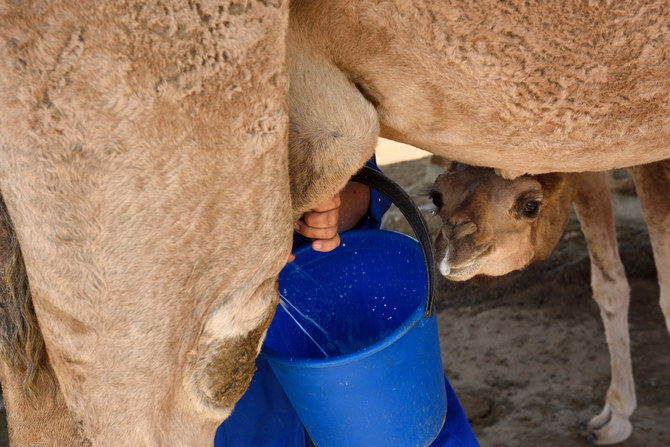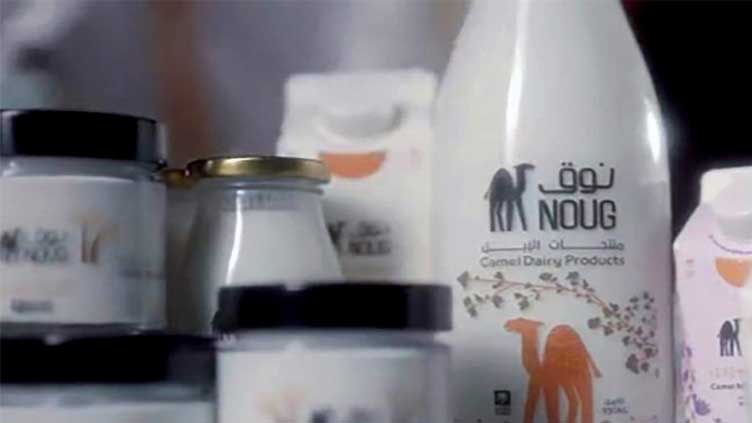Pfizer has become the first multinational pharma investor to set up a wholly owned subsidiary. It is all part of the Saudi efforts to expand the healthcare sector.
Because of restrictions on foreign-ownership of businesses, foreign investments in Saudi Arabia’s pharma sector have traditionally been limited to joint ventures with domestic firms. Now the development of economic “free zones” is changing that, and Pfizer of the US is one company taking advantage.
Pfizer recently announced plans to set up a new factory in the King Abdullah Economic City (KAEC), north of Jeddah. The KAEC is one of several free zones established by governments in the Gulf Cooperation Council (GCC) region as part of drives to attract investment and promote diversification to non-oil based industries. The zones offer investors the chance to set up wholly owned companies backed by incentives such as tax breaks.
As such, they may offer the chance of grabbing greater market share in Saudi Arabia’s fastest-growing sectors, including healthcare and pharmaceuticals. Pfizer’s new facility will reportedly consist of medicine manufacturing and packaging technologies within one large site covering 65,000 square meters. Production of pharmaceutical products will start in 2015 and the Pfizer complex is expected to create as 200 new jobs.
While financial details of the investment have not been revealed by Pfizer, the American company’s Vice President of Global Supply, Bulent Atlig, claimed that it “demonstrates the confidence we have in the Saudi Arabian business environment and the high level of opportunity we see here as a growth market”.
Earlier this year, the Jeddah-based National Commercial Bank projected that the kingdom’s pharma sales would grow by 5.9% a year over the next two years to reach a value of around SR14.04bn (US$3.74bn) in 2012. This expected growth rate outstrips the 1-3% expected in most of Western Europe and Canada over the same period, and even the 3-%% expected in the US.
Pfizer, like most of its Big Pharma rivals, is continuing to push forward with overseas investment plans to offset the effects of the global economic downturn. Though Saudi Arabia’s growth comes nowhere near the heady growth rates expected in other emerging market economies, such as China, Brazil, Russia and India, the kingdom’s efforts to diversify the domestic economy – not least through investment in healthcare – may well offer long-term opportunities too.
Moreover, while Saudi Arabia accounts for 65% of all drug sales in the GCC region, the remaining states – Bahrain, Kuwait, Oman, Qatar and the UAE – are all experiencing rapid growth in pharma demand too. Sales are being fuelled by the same factors as in Saudi Arabia: population growth, infrastructure expansion and the roll-out of private healthcare insurance plans. The free zone offers Pfizer a manufacturing base from which to serve this region.
Becoming one of the first multinational drug-makers to establish a fully-owned subsidiary in Saudi Arabia will put Pfizer in a strong position to win market share. To date, foreign firms have invested in Saudi Arabia via joint-ventures or licensing agreements. Market leader Banaja Saudi Import Company holds a 51% share in Glaxo Saudi Arabia. Its biggest rival, the Saudi Pharmaceutical Industries and Medical Supplies Company, is 20%-owned by the Jordanian Arab Company for Drug Industries and Medical Appliances, while the Saudi Arabian-Japanese Pharmaceutical Company is part of an international joint venture.
But Pfizer may not have the market all to itself, with France’s Sanofi also expressing an interest in investing in KAEC. The Saudi government is also keen to attract further investment to reduce the kingdom’s dependence on expensive imported medicines, which currently account for around 84% of drug expenditure. The hope is that the foreign investors will help to inject the money, skills and technology needed to develop a strong pharma industry within the kingdom.
Expansion trend
Indeed, the development of KAEC is just one aspect of a government policy aimed at the rapid expansion of the whole Saudi healthcare sector. Since the mid-1980s, the GCC governments have been improving healthcare infrastructure to prevent citizens having to go abroad for specialist care such as organ transplants and neurosurgery. Moves to lessen the risk of oil shocks on healthcare provision gathered pace in the mid-1990s, with Saudi Arabia and other GCC states setting ambitious targets for the construction of state-of-the-art hospitals and specialist medical training centres, by attracting private investment into the sector.
But despite rapid development over the past two decades, rapid population growth has led to even more demand for healthcare – the population has expanded by over 25% over the past decade alone, reaching 27m in 2010. At 2.2 hospital beds per 1,000 people, Saudi Arabia’s provision is still under half the global average of 4.3 beds, according to World Development Indicators.
Reflecting the government’s commitment to improving healthcare, the kingdom’s 2011 budget allocated US$18.3bn for health and social affairs, 12.3% more than in 2010. Moreover, Riyadh’s ninth five-year national development plan, last year set aside US$73bn for developing healthcare infrastructure until 2014. In the plans are targets to construct 117 new hospitals, 750 primary healthcare facilities and 400 new emergency units.
News that Pfizer intends to establish a manufacturing facility in Saudi Arabia to capitalise on this expansion come just as the government is preparing tender documents for one of the kingdom’s most prominent hospital projects. The SR4.6bn (US$1.2bn) King Fahad Specialist Hospital in Dammam will consist of seven specialised medical centres on a 700,000 m2 site, providing 1,500 beds, an international medical academy, a research centre and a residential complex.
New medical cities with similar facilities are also being developed in Riyadh and Jeddah. And though the government is encouraging the use of cheaper generic medicines to help contain expenditure growth, the rapid development of a tertiary care sector will bring huge demand for the latest innovative life-saving treatments. Hence the efforts the government is making to attract innovative drug-makers along with the hospital investment it so desperately needs.



